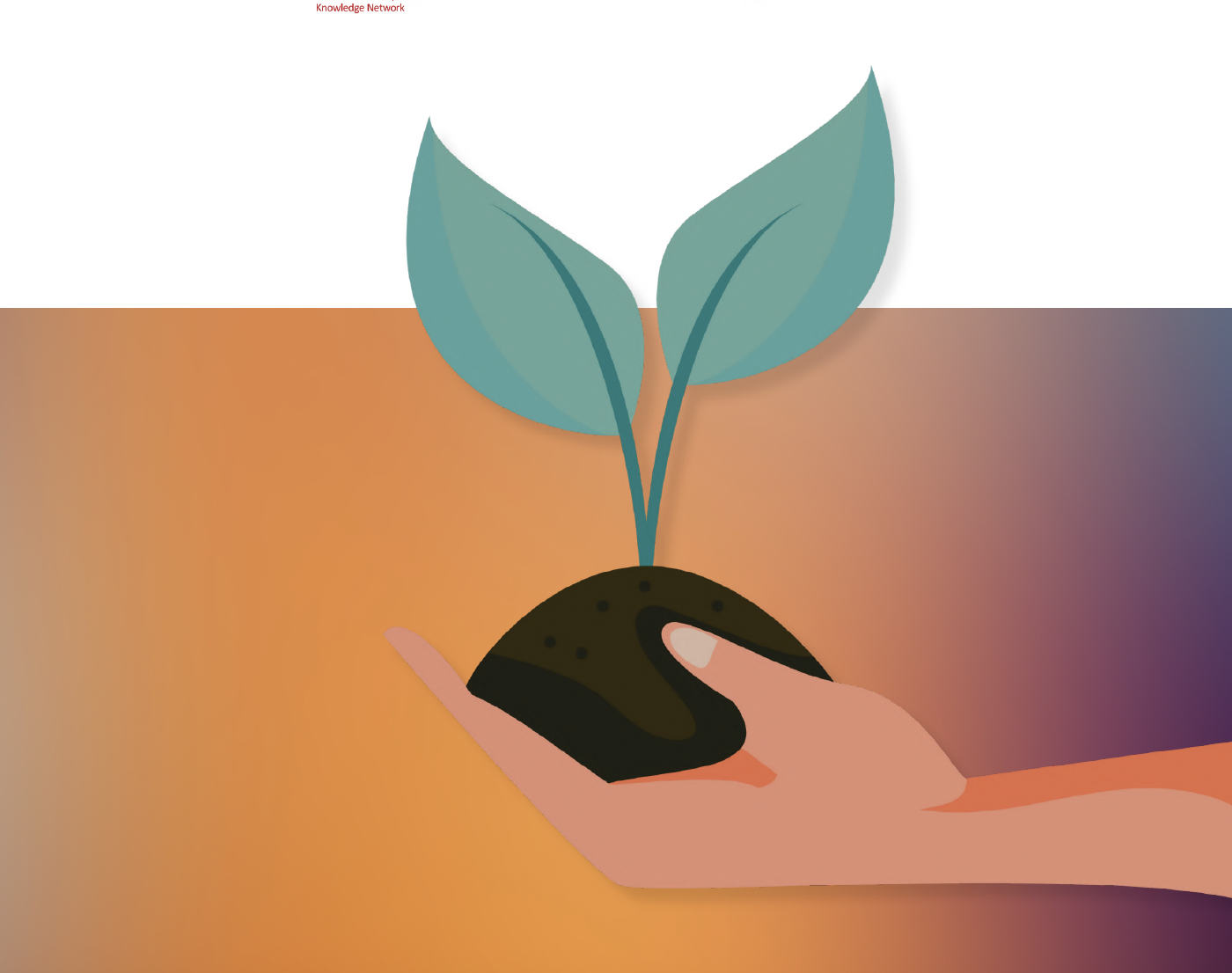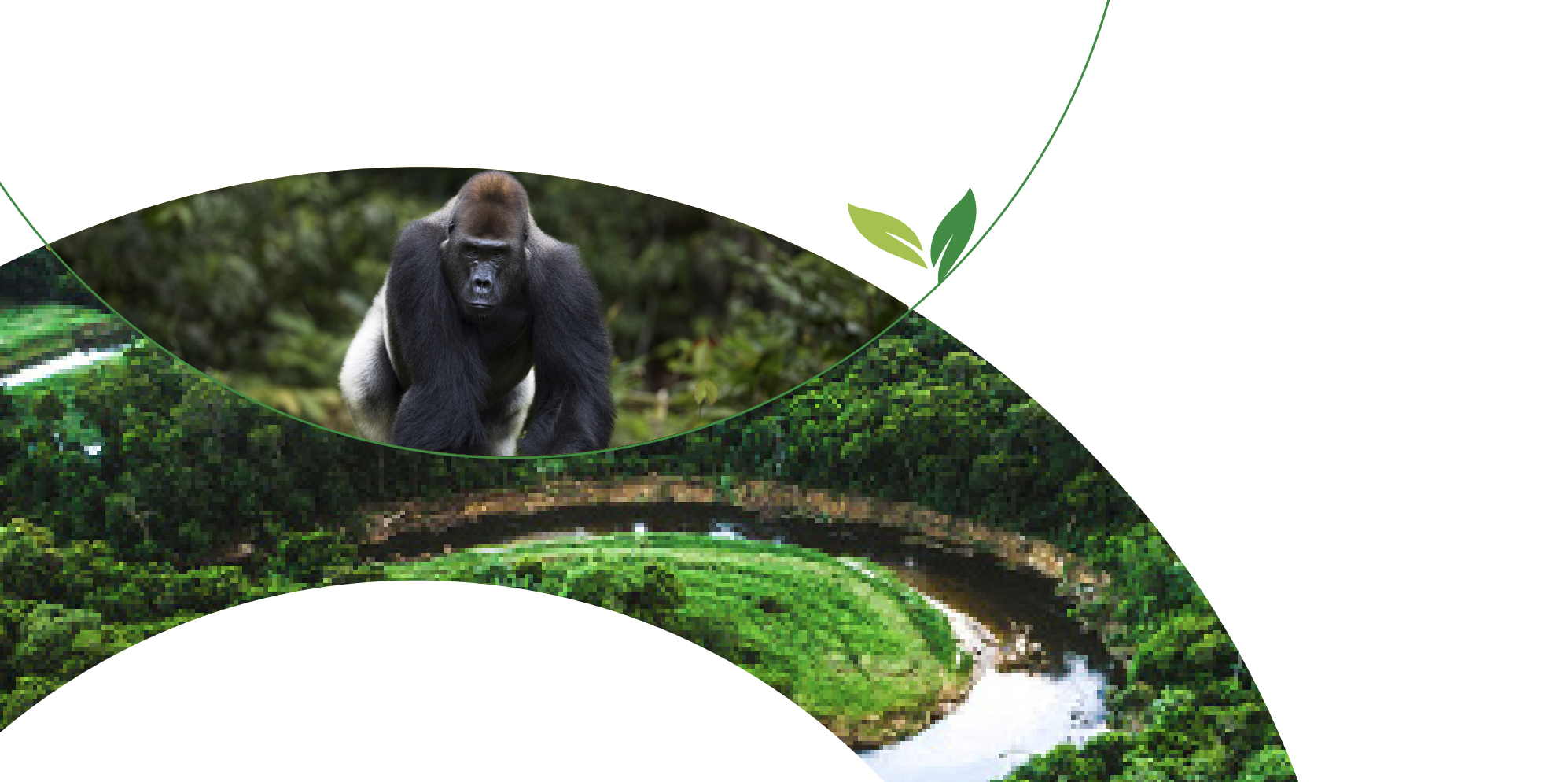Vast areas of degraded tropical forest, combined with increasing interest in mitigating climate change and conserving biodiversity, demonstrate the potential value of restoring tropical forest. However, there is a lack of long-term studies assessing active management for restoration. Here we investigate Above-Ground Biomass (AGB), forest structure, and biodiversity, before degradation (in old-growth forest), after degradation (in abandoned agricultural savanna grassland), and within a forest that is actively being restored in Kibale National Park, Uganda. In 1995 degraded land in Kibale was protected from fire and replanted with native seedlings (39 species) at a density of 400 seedlings ha−1. Sixty-five plots (50 m × 10 m) were established in restoration areas in 2005 and 50 of these were re-measured in 2013, allowing changes to be assessed over 18 years. Degraded plots have an Above Ground Biomass (AGB) of 5.1 Mg dry mass ha−1, of which 80% is grass. By 2005 AGB of trees ⩾10 cm DBH was 9.5 Mg ha−1, increasing to 40.6 Mg ha−1 by 2013, accumulating at a rate of 3.9 Mg ha−1 year−1. A total of 153 planted individuals ha−1 (38%) remained by 2013, contributing 28.9 Mg ha−1 (70%) of total AGB. Eighteen years after restoration, AGB in the plots was 12% of old-growth (419 Mg ha−1). If current accumulation rates continue restoration forest would reach old-growth AGB in a further 96 years. Biodiversity of degraded plots prior to restoration was low with no tree species and 2 seedling species per sample plot (0.05 ha). By 2005 restoration areas had an average of 3 tree and 3 seedling species per sample plot, increasing to 5 tree and 9 seedling species per plot in 2013. However, biodiversity was still significantly lower than old-growth forest, at 8 tree and 16 seedling species in an equivalent area. The results suggest that forest restoration is beneficial for AGB accumulation with planted stems storing the majority of AGB. Changes in biodiversity appear slower; possibly due to low stem turnover. Overall this restoration treatment is an effective means of restoring degraded land in the area, as can be seen from the lack of regeneration in degraded plots, which remain low-AGB and diversity, largely due to the impacts of fire and competition with grasses.
Carbon sequestration and biodiversity following 18years of active tropical forest restoration
Year: 2016
































































































































































































































































































































































































































































































































































































































































































































































































































































































































































































































